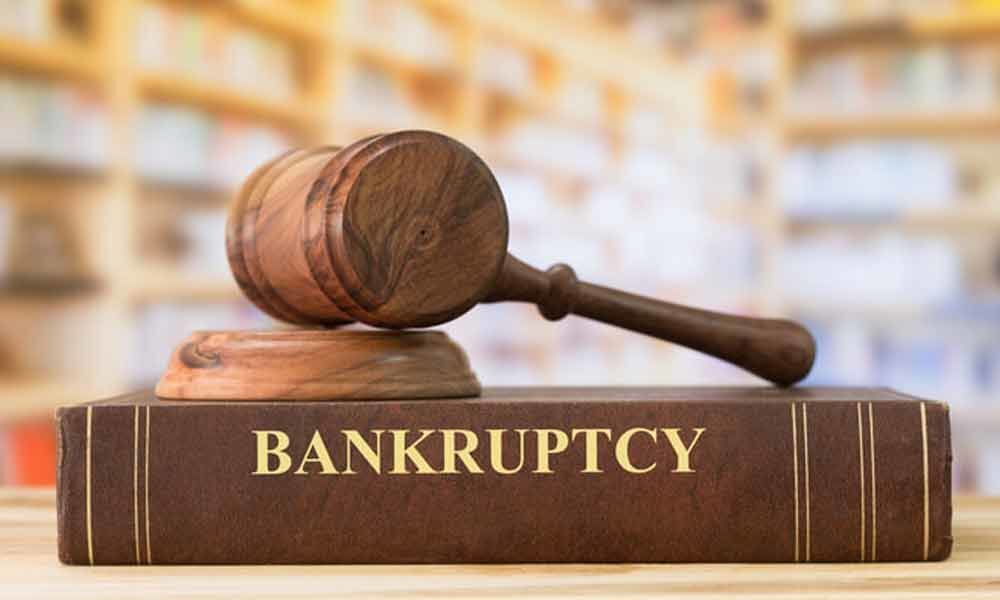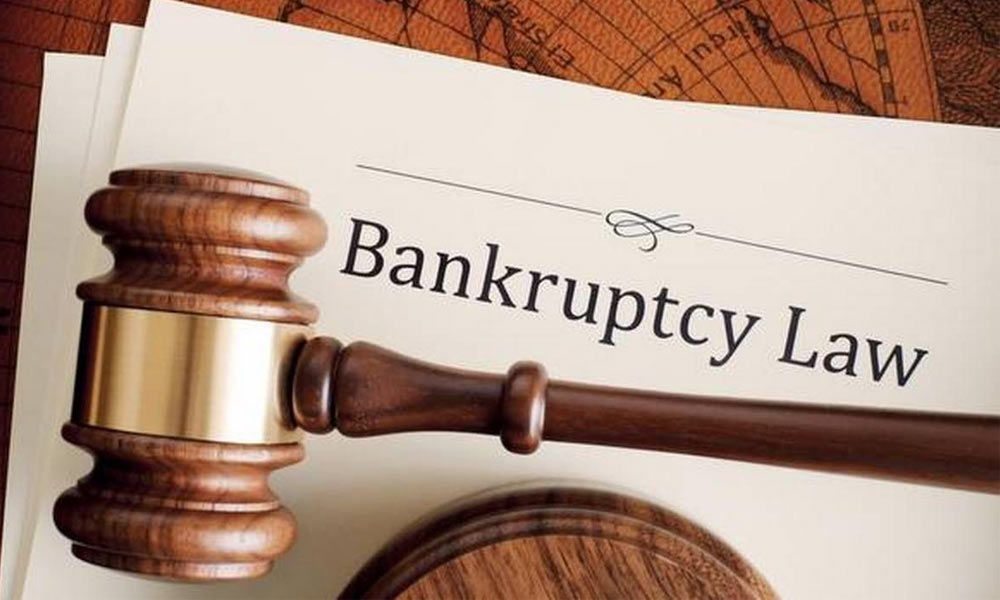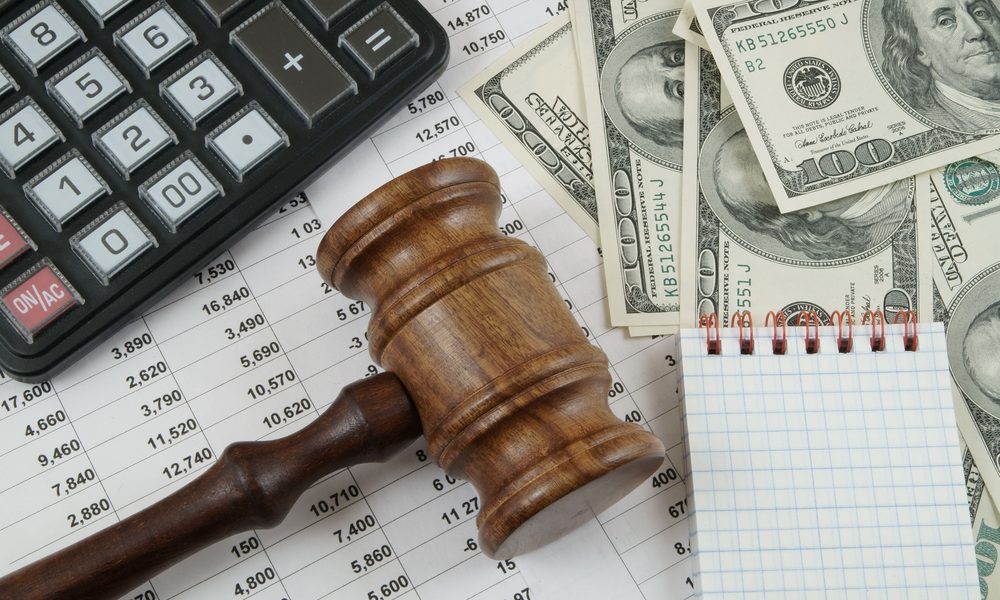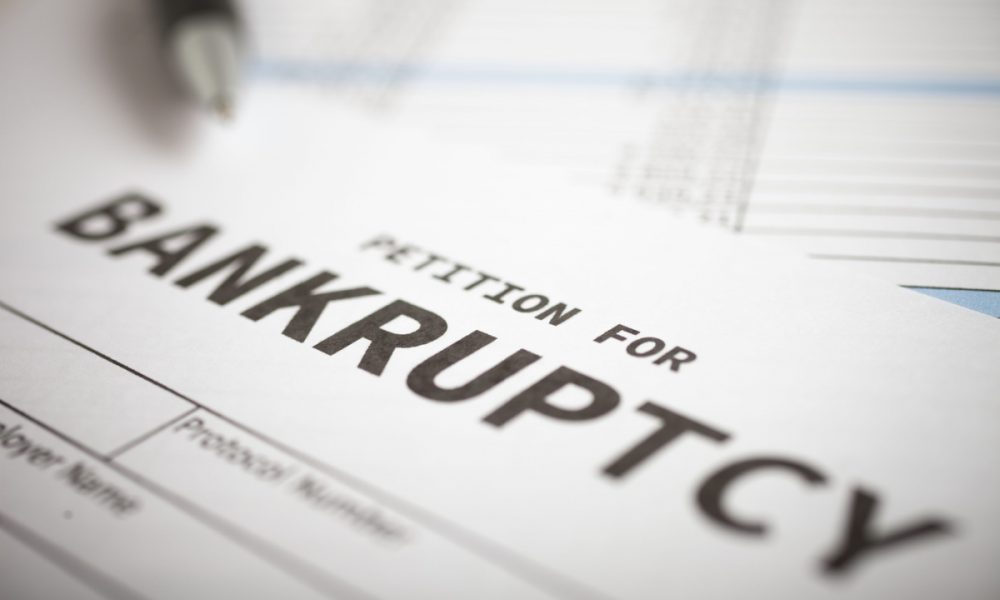Bankruptcy in Business: Creative Destruction or Financial Failure?
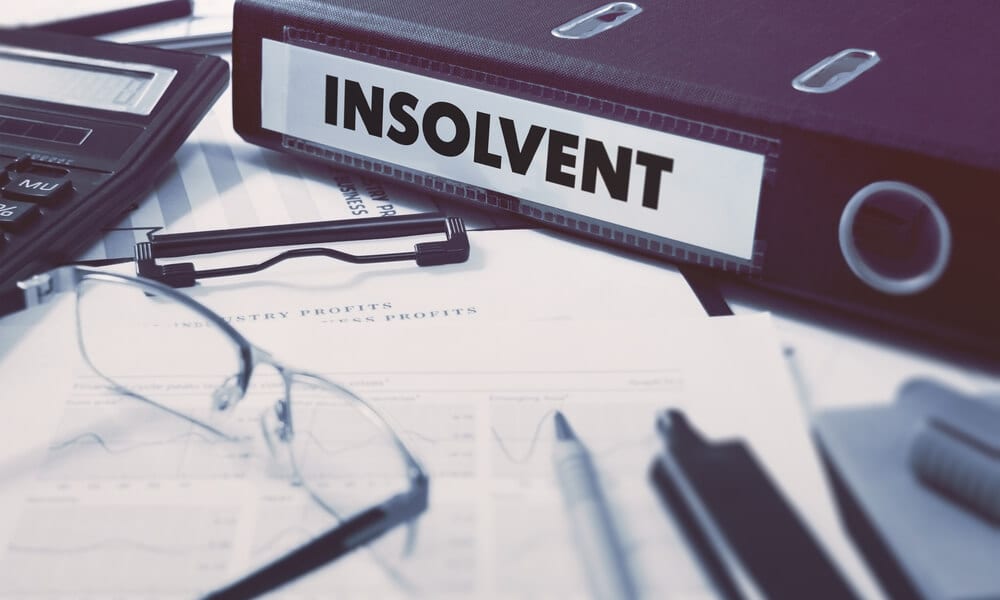
Bankruptcy is a legal process that helps individuals and businesses who are unable to repay their debts. It is often seen as a sign of financial failure, but it can also be a tool for creative destruction. In this article, we will explore the role of bankruptcy in business and its impact on the economy.
The Purpose of Bankruptcy
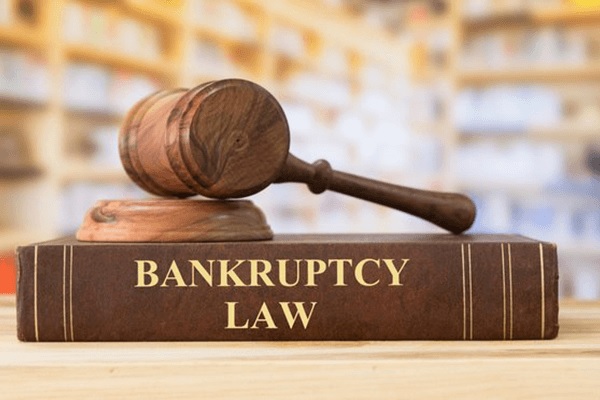
The purpose of bankruptcy is to provide a fresh start to individuals and businesses who are overwhelmed by debt. Bankruptcy allows debtors to eliminate or reduce their debts and start anew. For businesses, bankruptcy can be a way to restructure their operations, reduce their costs, and emerge as a leaner and more efficient organization.
The Types of Bankruptcy
There are two main types of bankruptcy: Chapter 7 and Chapter 11. Chapter 7 bankruptcy is also known as liquidation bankruptcy. It involves selling off the assets of the debtor to pay off their creditors. Chapter 11 bankruptcy is also known as reorganization bankruptcy. It allows the debtor to restructure their debts and operations, and continue operating their business.
The Impact of Bankruptcy on the Economy
Bankruptcy can have both positive and negative impacts on the economy. On the one hand, bankruptcy can lead to creative destruction. When businesses are allowed to fail, it creates opportunities for new businesses to emerge and fill the void. This process of creative destruction is a natural part of the market economy and can lead to innovation and growth.
On the other hand, bankruptcy can also have negative impacts on the economy. When a business fails, it can lead to job losses, reduced economic activity, and a decline in consumer confidence. In addition, bankruptcy can be costly to taxpayers, as the government may be required to provide financial assistance to the affected businesses.
The Role of Government in Bankruptcy
The government plays an important role in bankruptcy. It provides a legal framework that allows debtors to seek relief from their debts and protects the rights of creditors. In addition, the government provides financial assistance to businesses that are deemed too big to fail, in order to prevent a systemic collapse of the economy.
The Future of Bankruptcy
The future of bankruptcy is uncertain. With the rise of fintech and alternative lending, traditional banks may become less important in the lending market. This could lead to a decline in the number of bankruptcies filed, as businesses may have more options for financing their operations.
However, bankruptcy is likely to remain an important tool for individuals and businesses who are struggling with debt. As long as there are economic cycles and financial crises, there will always be a need for bankruptcy as a means of providing relief to debtors and restructuring businesses.
Bankruptcy is a complex and often misunderstood process. While it is often seen as a sign of financial failure, it can also be a tool for creative destruction. By allowing businesses to fail, bankruptcy creates opportunities for new businesses to emerge and innovate. However, bankruptcy can also have negative impacts on the economy, and the government plays an important role in regulating the process and providing assistance to affected businesses. As the economy evolves, the role of bankruptcy may change, but it will likely remain an important tool for debtors and businesses in need of relief and restructuring.


